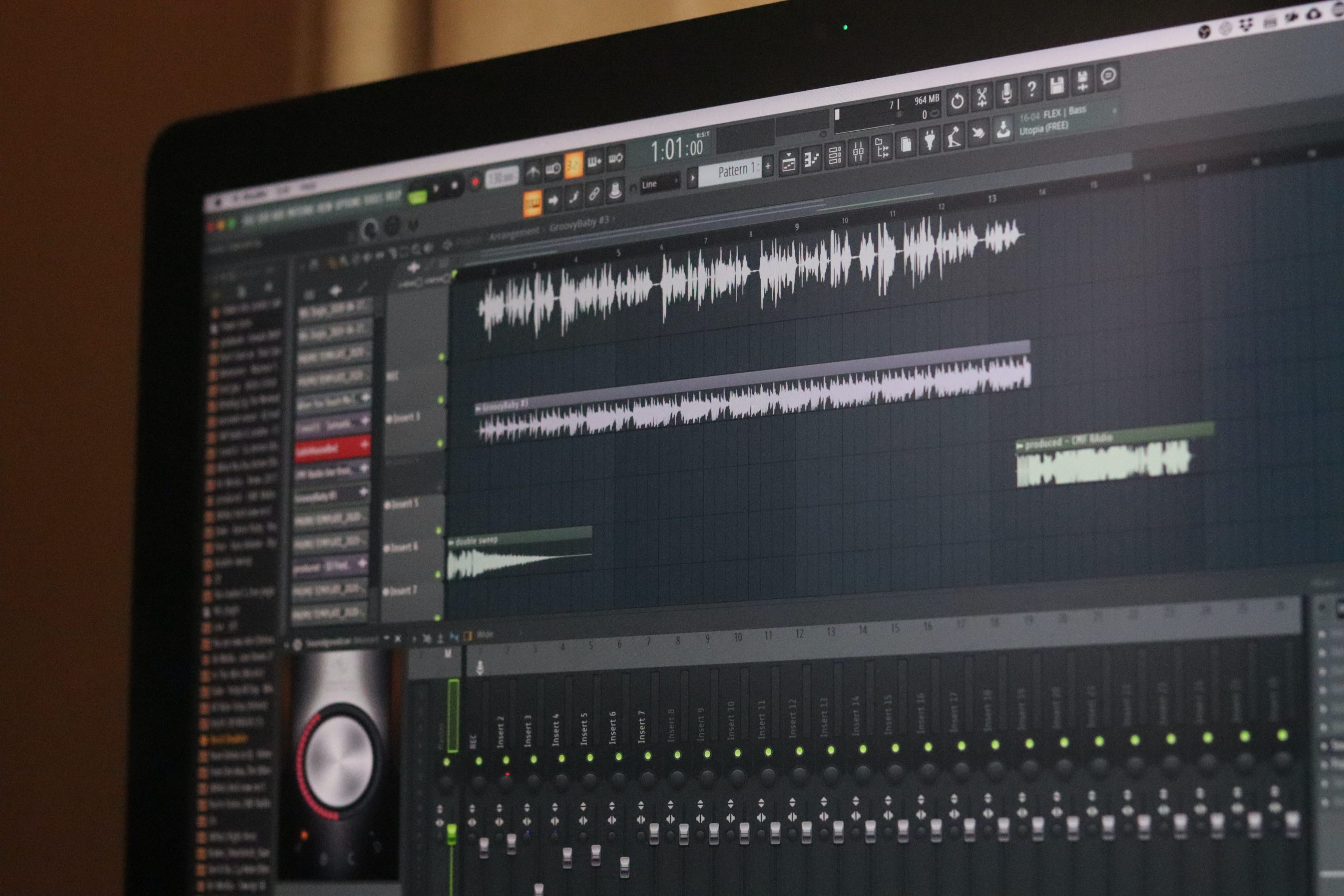An introduction to loops for music producers
Image Credit: Call Me Fred
Understand the basics of using loops in your producing with our beginner’s guide.
The world of looping can seem intimidating when you’re thinking of getting into music producing – the word ‘loops’ is thrown around all the time by producers without much explanation. Utilising loops is a great gateway into making beats. Here’s a bit of background to get you started.
In the olden days, loops were actual strips of magnetic tape cut out from the recording, with their ends taped together to make a circle. This was run through a machine to play seamlessly forever in an endless repeating cycle. Jamaican dub artists took to looping in the 1960s and soon after hip-hop artists used sampling devices to make breakbeats, a continuous sound which could be rapped over.
It’s the same principle when you’re making digital music in a DAW, working with samples and patterns, just without the rolls of tape. Many DAWs like FL Studio and Ableton fully embrace the loop as the very first easy way to make a tune.
Using loops
Loops can be made up of drumbeats, riffs, synthesiser pads and more. They’re usually either audio files or MIDI loops containing MIDI data. You can record, edit and mix either in the same way.
Loop files can include the pitch, time and tempo data which allow the loop to be dropped into any song to fit its key and tempo. That means that even if the loop is in a different tempo or key, it will adjust to match your song.
Start off by looking at the loop libraries on your DAW. Just drag and drop them in to create an arrangement.
Sections of loops can be edited, cut and copied… Fade sounds in and out, mess with the effects, whatever you’d like.
Use drum or bass loops as a foundation while producing to compose quickly over the top, to get ideas sketched down and practise.
Making loops
A loop can be any recording that repeats – a bassline, drumbeat, guitar riff or synth pad.
There’s an option in all DAWs to create your own loops. You can play them in with a virtual or MIDI keyboard.
Repeated patterns are a core element of music – the human ear loves them! Once you understand what loops are and how best to use them you open up a world of fun. Using loops, you can quickly lay down ideas over the top, mess around with sounds and get creative.
